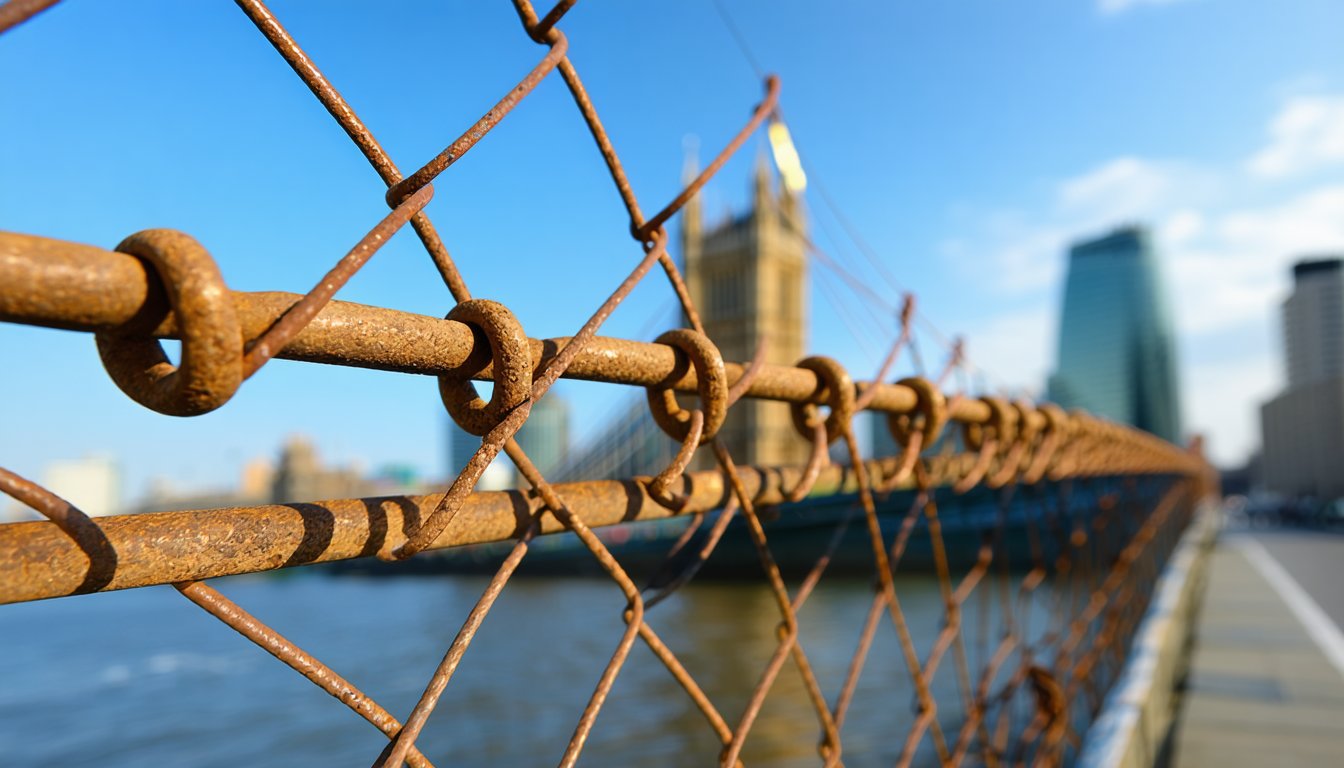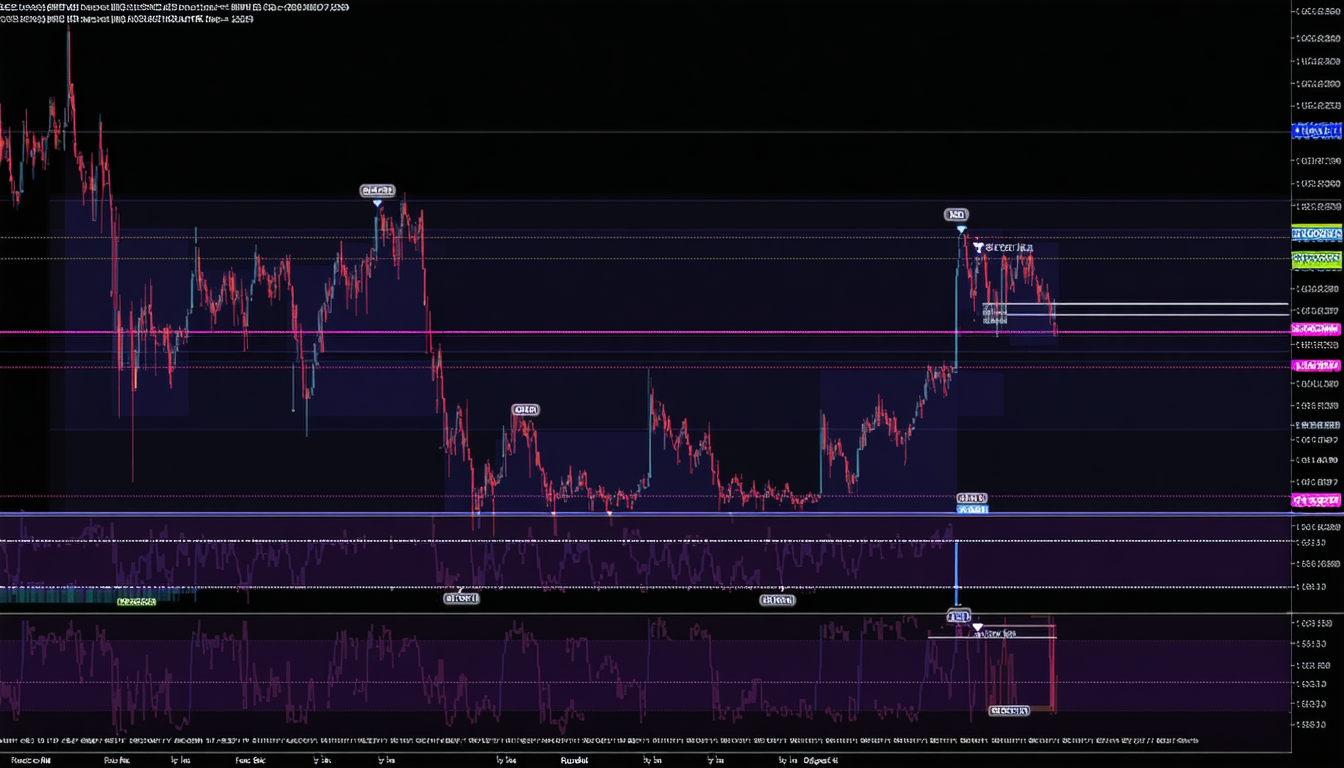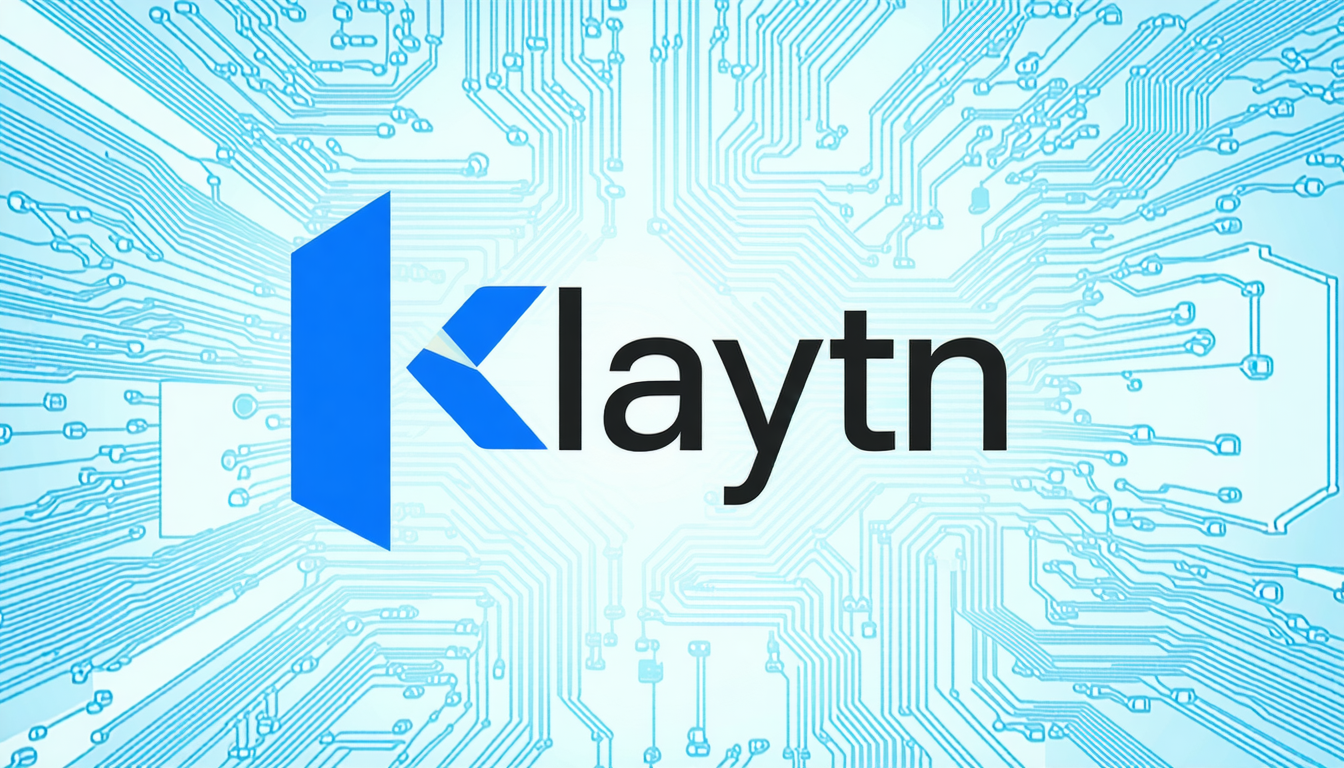Pet owners across the United Kingdom are grappling with a sharp increase in vet price charges, as new data reveals costs for routine and emergency animal care have surged to record highs in 2025. The spike comes amid broader inflationary pressures, leaving many families struggling to afford essential treatments for their pets.
Soaring Vet Price Trends Hit Households Nationwide
Veterinary practices throughout the UK have reported significant increases in fees over the past year. According to industry analysts, average vet price charges for common procedures—such as vaccinations, dental work, and emergency surgeries—have risen by up to 15% since July 2024. This trend is particularly pronounced in urban centres like London and Manchester but is also affecting rural communities.
The British Veterinary Association (BVA) attributes these hikes to several factors: rising staff wages due to workforce shortages, higher costs of imported medical supplies post-Brexit, and increased energy bills impacting clinic operations. “We understand that pet owners are feeling the pinch,” said Dr. Emily Carter of the BVA. “But veterinary practices are facing unprecedented cost pressures themselves.”
Why Are Vet Prices Climbing?
Several key drivers underpin this surge in vet price levels:
- Staffing Shortages: The veterinary sector has struggled with recruitment since Brexit restricted access to EU-trained professionals.
- Supply Chain Disruptions: Delays and tariffs on imported medicines and equipment have pushed up operational expenses.
- Inflation: General inflation has raised overheads from rent to utilities.
- Increased Demand: Pet ownership soared during pandemic lockdowns; clinics now face higher caseloads without a matching rise in resources.
According to market research firm Statista, annual spending on pet healthcare reached £4 billion last year—a figure expected to climb further by end of 2025 if current trends persist.
Impact on Pet Owners: Difficult Choices Ahead
For many households already stretched by food and energy bills, rising vet prices mean tough decisions about animal care. Charities such as the RSPCA report an uptick in calls from owners unable to pay for urgent treatments or routine check-ups.
“We’re seeing more people forced into debt or considering surrendering their pets because they simply can’t afford unexpected medical bills,” said Sarah Jameson of Cats Protection UK.
Some insurers have responded by raising premiums or tightening coverage criteria—leaving uninsured pet owners especially vulnerable when emergencies strike.
Case Study: A Family’s Struggle With Unexpected Costs
The Smith family from Birmingham recently faced a £1,200 bill after their Labrador required surgery for a swallowed toy—a sum they had not budgeted for amid rising mortgage payments. “We love our dog like family,” said Mark Smith. “But we had no idea how expensive even basic treatment could be this year.”
Industry Response: Calls For Reform And Transparency
Industry leaders acknowledge that sustained high vet prices risk undermining public trust—and could lead some owners toward unregulated alternatives online or abroad.
Dr. Carter urges greater transparency around pricing structures: “It’s vital that clients understand what they’re paying for—from diagnostics through aftercare.” She also advocates government support measures such as VAT reductions on essential veterinary services or subsidies targeted at low-income households with pets.
Meanwhile, consumer watchdog groups call on insurers and clinics alike to offer clearer information about coverage limits—and encourage preventative care plans that spread costs over time rather than relying solely on one-off payments during crises.
What Are Clinics Doing To Help?
Some veterinary chains now offer fixed-price packages covering vaccinations or neutering at discounted rates; others provide payment plans aimed at easing financial strain during emergencies. However, smaller independent practices often lack resources needed for similar schemes—further widening disparities between regions and income brackets within the UK pet-owning population.
Looking Forward: Will Vet Prices Stabilise?
Experts remain divided over whether current trends will continue into 2026:
- Some forecast further increases if supply chain issues persist.
- Others predict stabilisation should inflation ease later this year.
- Technological advances (such as telemedicine consultations) may help reduce certain costs but cannot replace hands-on examinations or surgical interventions entirely.
“There’s no quick fix,” says Dr. Carter.“But collaboration between government agencies, insurers,and practitioners will be crucial if we want all animals—not just those owned by wealthier families—to receive proper care.”
As Britain navigates ongoing economic uncertainty,the issue of soaring vet prices stands out not only as a financial challenge but also an ethical one—with profound implications both for animal welfareand social equity nationwide.The coming months will test whether policymakers can deliver solutions before more families face heartbreaking choices about their beloved companions’ health needs.
















Leave a comment